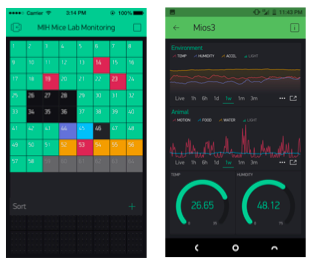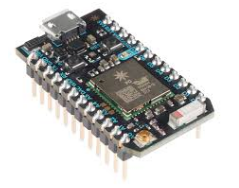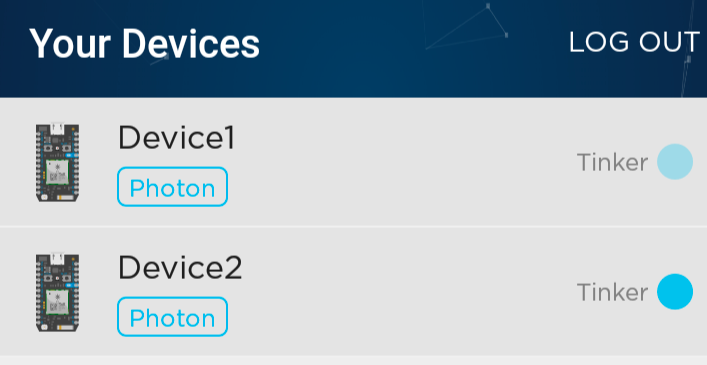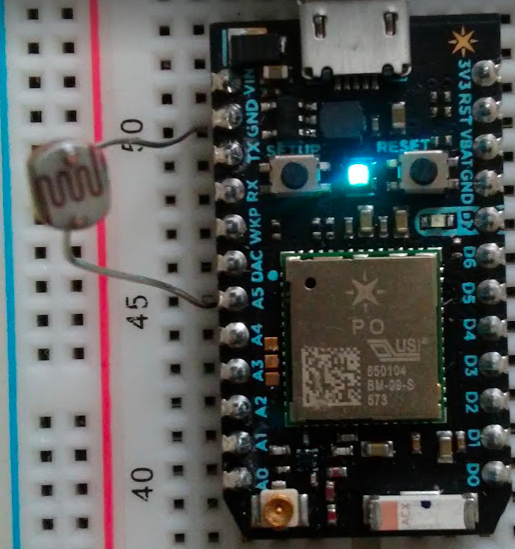Project Goals:
- Scalable cloud-based system
- Monitoring and real time reporting of data from rodent home-cages
- Compatible with existing rodent caging and facilities
- Facilitate collaborations and increase reproducibility between research groups
Constraints:
- Mobile app that can be configured to track dozens of hardware devices
- Real-time visualization of data from multiple cages, even across multiple locations
- Easy export of research data
- Compatible with open-source cost-effective hardware to enable large-scale studies
Methods:
The MÍOS ecosystem is powered by Blynk, an IoT app platform. The MÍOS team (researchers at NIH and FDA) collaborated with engineers at Blynk to design and optimize three app widgets (Reports, DeviceTiles, and SuperChart) for tracking and exporting research data. The three widgets were developed by Blynk and have been made available to all users.

Funding and terms:
The MÍOS project was funded by the NIH Intramural Research Program (NIDDK & CIT) and the Health and Human Services (HHS) Secretary's Venture Fund. This project is released under the terms of the Creative Commons - Attribution - ShareAlike 3.0 license:
human readable: https://creativecommons.org/licenses/by-sa/3.0/
legal wording: https://creativecommons.org/licenses/by-sa/3.0/legalcode
MÍOS was conceived by a team of researchers at the National Institutes of Health (NIH) and Food and Drug Administration (FDA), and all app development was done by Blynk. While MÍOS devices and designs are open-source and free, Blynk is a "freemium" service and some features cost money to use. 100% of this money supports the business operations of Blynk. NIH, FDA, and members of the MÍOS team receive no royalties or payments from Blynk.
 Lex Kravitz
Lex Kravitz

